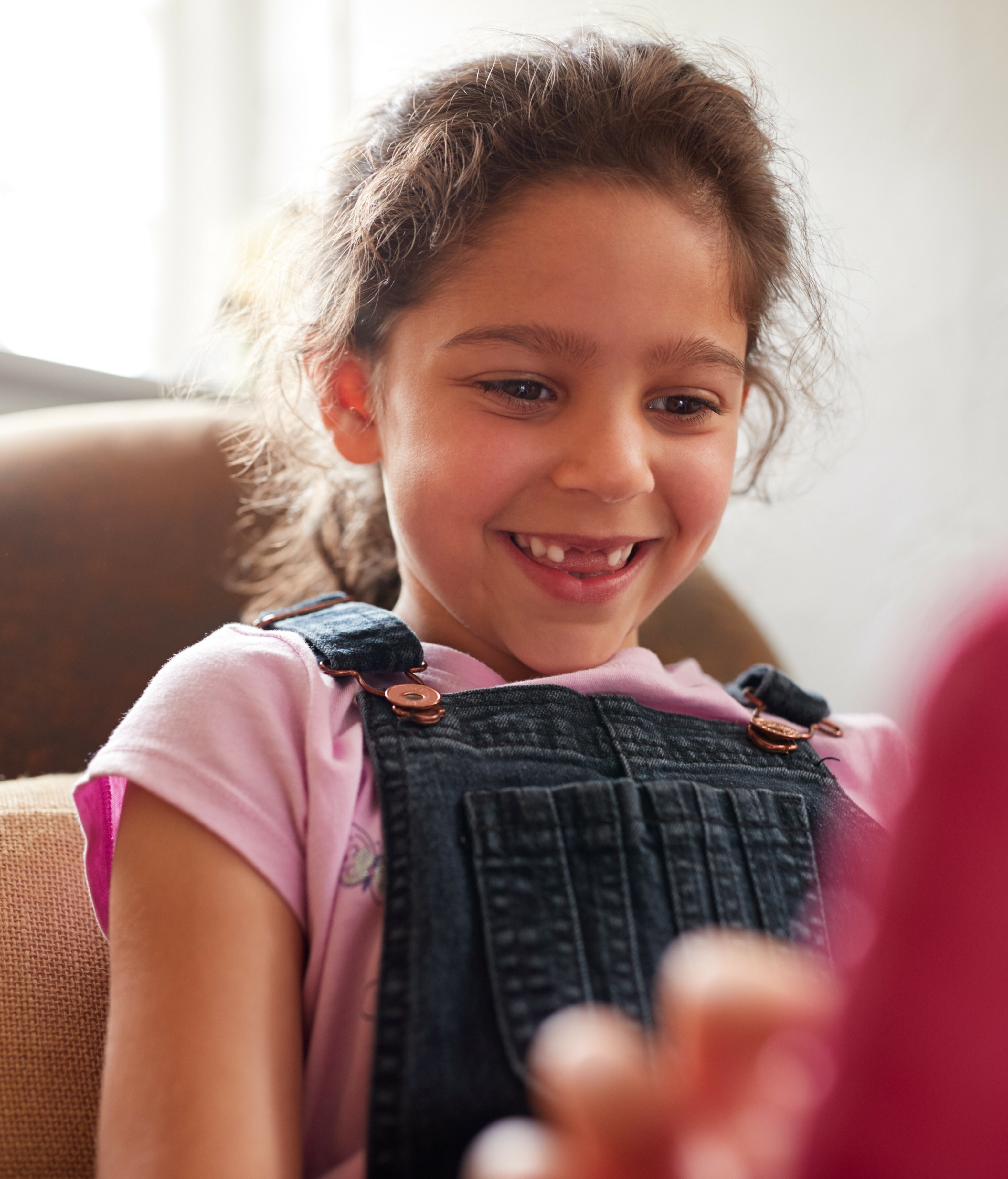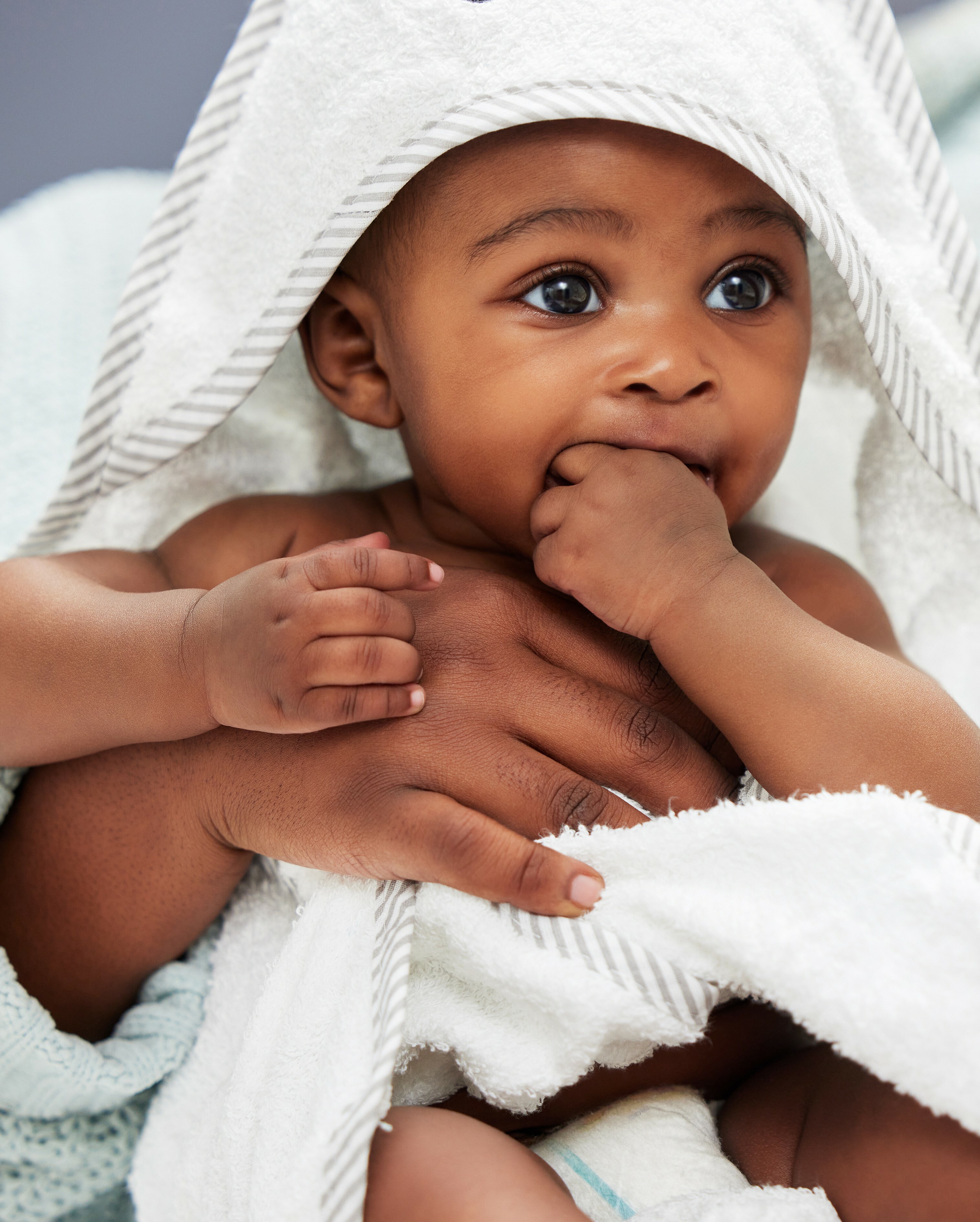
Find us on Trustpilot
Free standard delivery when you spend £25 or more.
Explore our range
Explore our collection and shop with confidence.
Shop our range from skincare solutions to essential vitamins
Visit our child health resources
- Manage winter bugs
- Ease colic symptoms
- Trusted skincare recommendations

New baby & child products
Nappy rash is very common and can usually be managed at home.
Things that can help improve nappy rash at home include:
You can also speak to your local pharmacist about creams and ointments that might help improve the rash. If the rash doesn’t seem to be improving, you should contact your GP.
Lots of newborn babies will get dry skin in their first few weeks of life. Usually, dry skin does not cause pain or irritation for babies.
If your baby has dry skin, there are a few things you can do. These include:
You can speak to your doctor, pharmacist or health visitor about emollients that may help improve dry skin.
Occasionally, babies can develop eczema. Eczema will look like red and enflamed patches of skin. If you think your baby may have eczema, you should discuss it with your doctor.
Cradle cap can be improved by gently applying an emollient onto the affected area and brushing the scalp with a soft bristle brush before washing the scalp with baby shampoo.
It is important not to pick the scabs on your baby’s cradle cap as this may lead to it becoming infected and more treatment may be needed.
Your local pharmacist can help you with finding a suitable emollient or baby shampoo for cradle cap.
Teething can be painful for a baby. You may notice when your baby is teething that they start to dribble more, have flushed cheeks and be difficult to console.
Teething toys that your baby can bite down on may help. Cooling them in the fridge might soothe your baby’s gums. Giving babies who are 6 months or older pieces of fruit, like melon to soothe the pain may also help. You can find out more about food safety when weening your baby on the NHS website.
If teething toys and different foods aren’t working, then you can give babies who are 3 months old or older liquid paracetamol or ibuprofen.
You can speak to your local pharmacist if your baby is in a lot of pain while teething. They will help you find ways to manage your child’s pain and offer treatment advice.
You should also register your baby with a dentist once their first teeth come through.
It is recommended that children aged between 6 months and 5-years-old have daily vitamin supplements containing vitamins A, C and D.
If you are breastfeeding, then it is recommended that your baby has from birth.
If a baby is taking more than 500ml of formula a day, they do not need additional vitamins because they will be getting enough from the formula.
Your local pharmacist, GP or health visitor will be happy to help you make sure your child gets the right vitamins.
Headlice can get spread quickly in young children. If your child has headlice, it is important to treat them properly.
To treat headlice, you must act quickly. As soon as you notice headlice in your child’s hair, you should check everyone in the house (including your own hair) and treat everyone on the same day.
To remove lice, follow these steps:
Repeat the process 5, 9 and 13 days after the first treatment to make sure any eggs that have hatched are also removed. Check the hair after 17 days to make sure all the lice have gone.
You can get lice treatments from your pharmacist if wet combing doesn’t work. The treatment will kill the lice within a day. You will usually have to check the hair after a week and reuse the treatment to kill any eggs that may have hatched after the treatment.
You can view our full range of lice treatments here.
Chickenpox is a very common virus. If your child has chickenpox, you can help soothe the pain at home by giving them paracetamol. Paracetamol can also help bring down a temperature. Do not use ibuprofen to treat chickenpox, unless advised by your doctor.
Calamine lotion can also be applied to the rash to soothe the itching.
Other ways to help soothe the itching include:






